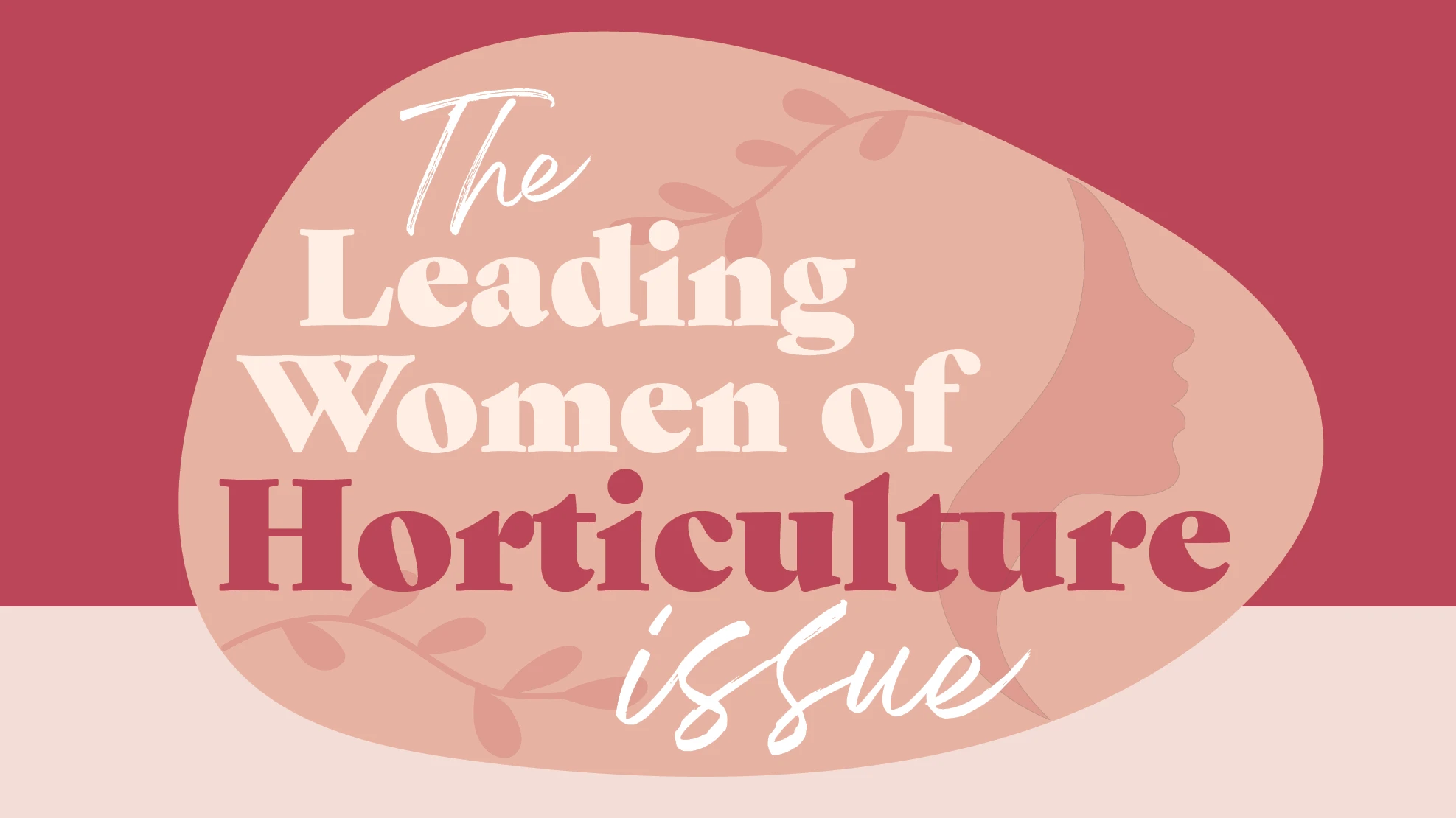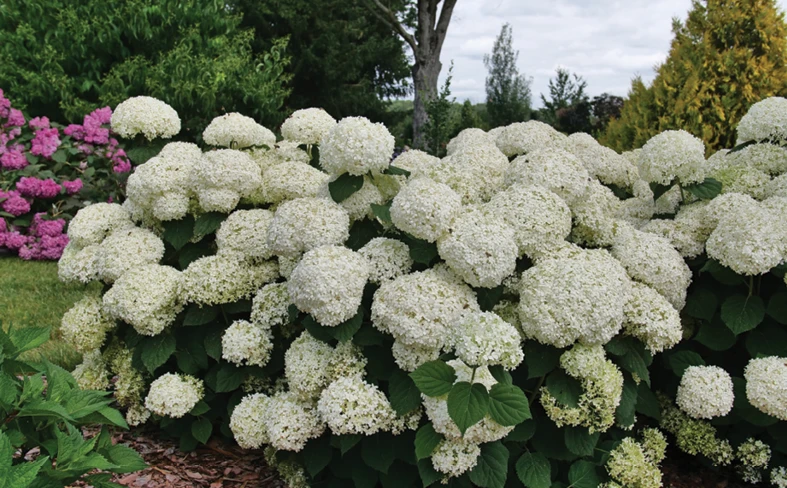
<p>Understanding Pythium will help keep this pesky disease at bay. Pythium is a water mold and feeds on root systems, which causes stunted growth and death. Root rot disease is favored by growing conditions that are too wet, such as when the growing medium does not drain quickly or when weather doesn’t allow rapid drying.</p> <p><strong>How does it get in the greenhouse?</strong> Pythium can be introduced into a greenhouse via plant plugs or other pre-finished plant material. This pathogen can also be a greenhouse “resident” that hibernates on dirty plant containers, benches, hoses and greenhouse walkways, ready to become activate by the right plant and weather conditions, said Mary Hausbeck, professor and extension specialist at Michigan State University.</p> <p>"Even growers that start their material from seed run into trouble if Pythium takes up residence in the greenhouse where it survives from season to season. Reusing plug trays is one way that young, tender seedlings become exposed to Pythium root rot," Hausbeck said.</p> <p><strong>What are the symptoms?</strong> Pythium must be detected and identified early before it creates serious problems. Watch for uneven plant growth. "If looking across a crop in your greenhouse makes you seasick because the height is uneven and looks like 'waves,' you may need to look at the roots to get to the problem," Hausbeck said.</p> <p><strong>How can I control Pythium?</strong> Sanitation is key. Hausbeck suggests using a pressure washer with soap and water when cleaning walkways, benches, etc. Treating cleaned surfaces with a disinfestant is also helpful. Bottom line: Keep your greenhouse clean. Cultural conditions are also important. Maintain the proper pH, humidity and light levels. And monitor fertilization.</p> <p><strong>BioWorks can help.</strong> To prevent Pythium and other root pathogens, apply RootShield® WP or RootShield® Granules to the growing medium. This root biofungicide product contains dormant spores of the effective, and well proven, active ingredient<em> Trichoderma harzianum </em>strain T-22. When RootShield® WP is mixed with water at the typical application rate of 4 oz/100 gallons, over 100 billion spores are applied to the growing medium in one application. Once RootShield® WP is applied to the growing medium, the spores germinate within 16 – 24 hours. As the mycelium emerges from the spore it immediately starts coiling around the plant’s roots, growing medium particles, and any plant pathogen propagules present. After 24 hours, RootShield® can't be leached from the soil mix. RootShield® will grow in a diversity of inorganic and organic growing media from sand, perlite, or clay, to pure peat or bark. RootShield® grows tightly on roots in hydroponics systems, including those utilizing the nutrient film technique where there is no medium.</p> <p>Learn more about RootShield® and how it works here:</p> <p><a href="http://www.bioworksinc.com/products/rootshield-wp/how-rootshield-wp-works.pdf">http://www.bioworksinc.com/products/rootshield-wp/how-rootshield-wp-works.pdf</a></p> <p><em>Photo courtesy of University of Maryland</em></p>





